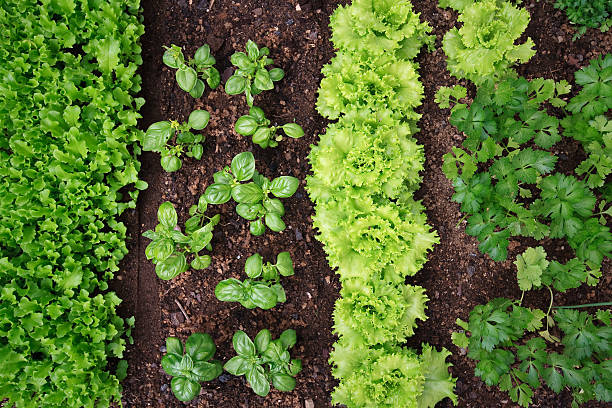
Steps For Establishing A Good Food Forest In Your Home
Food is one of the most important basic needs that everyone needs. From housing and shelter, food is a key requirement for enhancing the general quality of life of every person. The growth of the economy has, however, made various food products a bit expensive for many people. It is because of the high costs of food that many people have decided to start food forests in their home gardens. There are so many people with food forests in their residential places. Food forests are defined as food-producing gardens that resemble gardens. They are becoming very widespread and bio-diverse ecosystem types around the globe. One of the good things about creating a food forest in your residential place is that it boosts the general look of your place. Just like a well-maintained lawn, a good food forest enhances the living conditions of residential places. It makes the surrounding environment very clean and healthy for humans and other domestic animals. A good aloha food forest can also greatly enhance the general value of your home.
This article is, however, concerned with helping the reader understand some crucial tips for creating an amazing food forest in his or her place. There are several vital steps or guidelines that you should take into consideration to create a food forest that will not only enhance the natural environment in your residential place but also meet your needs for food, beauty, herbal remedies, timber, and many other needs. The following detailed discussion will enlighten you on some of the most important factors that can help you create a very good food forest in your home’s garden or lawn. The first step to designing a good food forest in your place is choosing plants. It is important to make sure that you keenly choose the right plants that will be in your food forest. Note that the largest plants will reach the sun while the smaller plants will need more shade from the sun. It is important to make sure that the plants you choose are suitable for the climatic conditions in your home. There are several species that you should take into consideration when choosing plants for your food forest. One of the species is a canopy, a layer for large nut tree that needs the sun for their growth. These include pecans, walnut, chestnuts. The under-story trees are also the plant species that you should take into consideration. They are smaller nut trees like filberts. They provide very good shade for small crops like beans. Other plant species that you should take into consideration include ground-covers, herbaceous plants, shrubs, and others. The second step for establishing a good aloha food forest is preparing your garden or ground. In this case, ensure that you choose a location that is open and has enough sunlight. In case the drainage of your place is not very good, make sure that you choose a place with raised beds. When preparing the ground, remove all the weeds, grass and other existing vegetation before planting. The next step is planting. This is the last step that involves arranging your plants in the landscape.